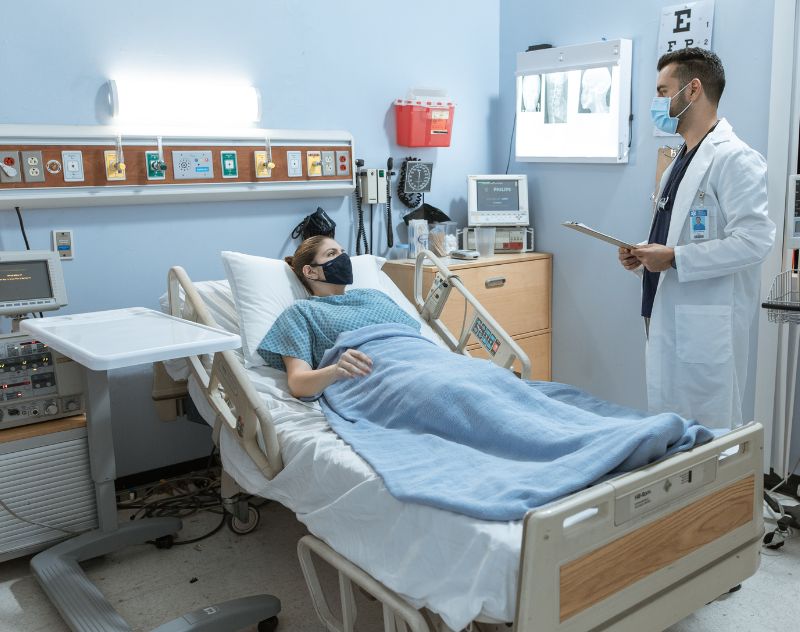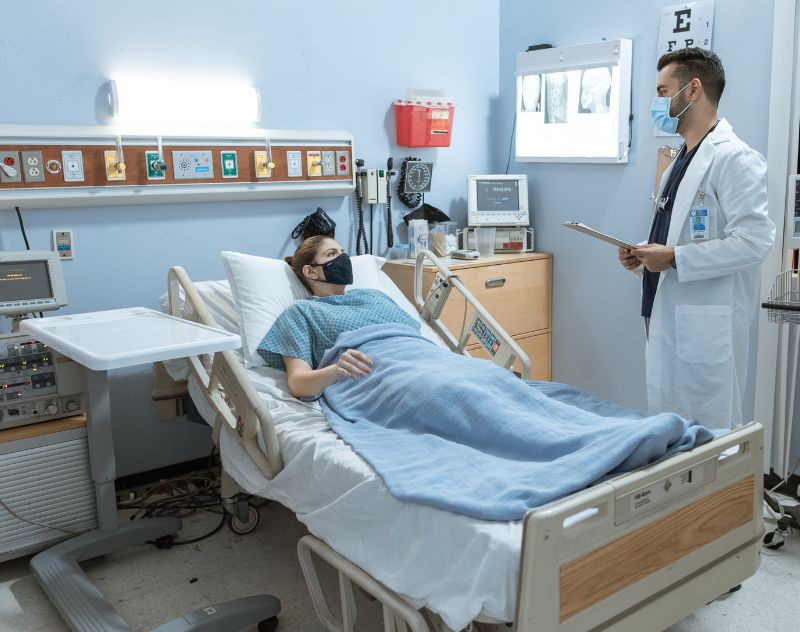How Robotic Surgery In Cancer Is Revolutionizing Modern Treatments

In the world of medical advancements, robotic surgery in cancer is one of the most groundbreaking developments to date. This innovative surgical method is transforming how surgeons treat various cancers by offering greater precision, fewer complications, and faster patient recovery. As the global demand for more efficient and minimally invasive treatments grows, robotic surgery is leading the charge, bringing hope to patients and improving clinical outcomes. Organizations like Manaaki Healthcare are also stepping up to support the integration of such advanced technologies in both developed and developing regions. Let’s explore how robotic-assisted surgery is reshaping cancer care.
What Is Robotic Surgery?
Robotic surgery is a form of minimally invasive surgery where surgeons use a robotic system to perform complex procedures with enhanced accuracy. This system usually includes a camera arm and mechanical arms with surgical instruments, all controlled by a skilled surgeon from a console. The most well-known system is the da Vinci Surgical System, widely used for various operations, including those related to cancer.
Why Robotic Surgery in Cancer Matters
Cancer surgery often requires extreme precision, especially when removing tumors close to vital organs or nerve structures. Traditional open surgeries can be invasive and come with longer recovery times. In contrast, robotic surgery in cancer offers several advantages that make it ideal for these delicate procedures:
- Smaller incisions
- Reduced blood loss
- Lower risk of infection
- Shorter hospital stays
- Faster recovery
- Enhanced surgical precision
These benefits not only improve surgical outcomes but also significantly enhance the patient’s overall experience and quality of life after treatment.
Types of Cancer Treated with Robotic Surgery
One of the biggest strengths of robotic surgery lies in its versatility. It can be used to treat a wide range of cancers, including:
Prostate Cancer
Robotic-assisted radical prostatectomy is one of the most common procedures done using this technology. It allows surgeons to remove the prostate with minimal damage to surrounding nerves, reducing the risk of incontinence and erectile dysfunction.
Colorectal Cancer
For patients with colon or rectal cancer, robotic surgery offers precise removal of tumors with improved visualization of the pelvic anatomy. This leads to better outcomes and fewer post-operative complications.
Gynecologic Cancers
Robotic surgery is increasingly used for cancers of the uterus, ovaries, and cervix. It offers better access to hard-to-reach areas and minimizes trauma to surrounding tissues.
Lung Cancer
In the case of early-stage lung cancer, robotic surgery can be used to perform lobectomies (removal of a lobe of the lung) with fewer complications compared to traditional thoracic surgery.
Head and Neck Cancers
Transoral robotic surgery (TORS) is now a preferred option for certain head and neck cancers. It helps in removing tumors through the mouth without external incisions.
How Robotic Surgery Works in Cancer Treatment
Robotic-assisted procedures follow a defined workflow. First, the patient is prepped as in any traditional surgery. Then, tiny incisions are made through which the robotic arms and instruments are inserted. The surgeon, seated at a console, uses hand controls and foot pedals to manipulate the instruments with extreme precision. High-definition 3D cameras provide a clear view of the surgical site, allowing the surgeon to operate with pinpoint accuracy.
This method greatly reduces the risk of damaging healthy tissues, a critical factor in cancer surgery where the goal is to remove all cancer cells while preserving as much normal function as possible.
The Role of Manaaki Healthcare in Expanding Access
As robotic surgery becomes more common in developed countries, the challenge lies in making it accessible to healthcare systems with limited resources. This is where organizations like Manaaki Healthcare come in. Manaaki Healthcare focuses on bridging healthcare disparities by providing training, infrastructure, and support to regions striving to adopt advanced medical technologies.
Through partnerships with hospitals, governments, and technology providers, Manaaki Healthcare helps facilitate the introduction of robotic surgery in cancer treatment settings where such innovation was once out of reach. Their mission aligns with improving healthcare equity and ensuring that patients everywhere can benefit from the best possible care.
Benefits of Robotic Surgery for Patients
Understanding the benefits from the patient’s point of view is crucial. Robotic surgery in cancer isn’t just about high-tech equipment—it delivers real results that impact recovery and overall well-being. Here are some patient-focused benefits:
Minimal Scarring: Smaller incisions mean less visible scarring and a more positive body image after surgery.
Reduced Pain: Patients report lower pain levels post-operatively compared to open surgery.
Lower Risk of Infection: Fewer and smaller incisions reduce the chance of infection.
Quick Return to Normal Life: Faster healing allows patients to return to work and daily life sooner.
Improved Long-Term Outcomes: Better surgical precision often leads to more complete cancer removal and improved survival rates.
Challenges and Limitations
While the benefits are significant, robotic surgery does have its limitations. The high cost of robotic systems and maintenance can be a barrier for hospitals in low-resource settings. There is also a learning curve for surgeons to become proficient in using robotic platforms. Additionally, not all cancer types or stages are suitable for robotic surgery, and the final decision depends on several patient-specific factors.
Despite these challenges, the future looks promising as more training programs, like those supported by Manaaki Healthcare, aim to expand the number of skilled professionals in this field.
Future of Robotic Surgery in Oncology
The landscape of cancer treatment is changing rapidly, and robotic surgery will continue to play a leading role. Newer systems are being developed that offer even greater dexterity, better imaging, and artificial intelligence (AI)-assisted decision-making. As more clinical studies validate the benefits of robotic surgery in cancer, its adoption is expected to rise globally.
With organizations like Manaaki Healthcare driving accessibility and education, the vision of robotic cancer surgery becoming standard practice in more regions is closer than ever.
Conclusion
To summarize, robotic surgery in cancer is revolutionizing the way we treat one of the world’s deadliest diseases. Its precision, safety, and quicker recovery times make it a preferred option for both patients and surgeons. Though the technology comes with its share of challenges, the potential it holds for transforming cancer care is undeniable. And with the support of organizations like Manaaki Healthcare, the future of robotic-assisted oncology looks both inclusive and promising. If you or a loved one is exploring surgical options for cancer, it may be worth discussing robotic surgery with your healthcare provider—it could be a life-changing decision.
Note: IndiBlogHub features both user-submitted and editorial content. We do not verify third-party contributions. Read our Disclaimer and Privacy Policyfor details.




